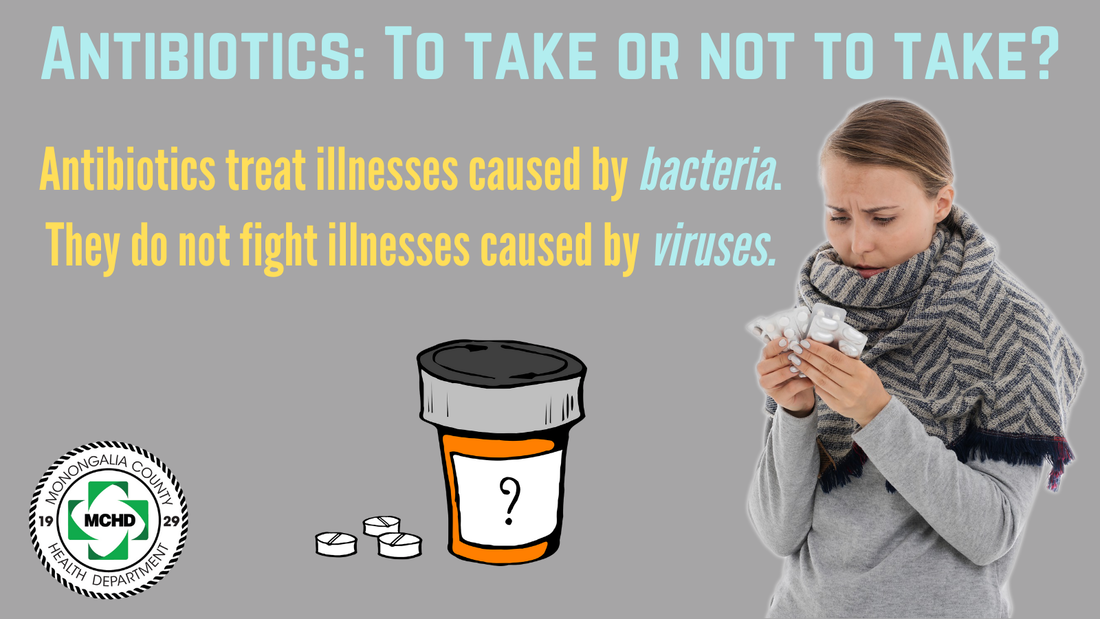Learn when to take antibiotics and when they do more harm than good

Nov. 18, 2020
By Matt Cimino
Antibiotics are recognized as one of the most important medical innovations we have at our disposal. They are a life-saving treatment for reversing both common and serious infections. But they need to be used carefully so that we can continue to use them in the future.
Antibiotic Awareness Week is held to promote just that. Held annually, this year from Nov. 18-24, this observance is dedicated to highlighting safe prescription methods and usage.
Over-prescription of these drugs have raised serious concerns in recent years. The Centers for Disease Control and Prevention estimates that approximately one in three prescriptions are unnecessary.
The most common cause for this is doctors prescribing them to treat common respiratory illnesses such as the common cold or sinus and ear infections. Excess antibiotic treatments put patients at risk for allergic reactions, but most importantly, it contributes to resistant bacteria.
Antibiotic resistance occurs when germs develop the ability to overcome the drugs designed to kill them. Each time the drugs are used, there is a potential for some bacteria to survive. Surviving bacteria become stronger as a result and are eventually able to grow stronger populations that render antibiotics useless.
Also, antibiotics only work against infections, not viruses, such as the common cold or influenza. Sometimes they might be prescribed to treat an infection that developed from a virus, but antibiotics will do no good toward healing a viral illness.
So what can we encourage in our communities to prevent resistance? The CDC lays out four methods to help defend from it:
Prevent infections — This may seem like an obvious step, but its importance cannot be understated. Fewer infections in the population mean less uses of antibiotics. This reduces the possibility for resistant colonies to develop and spread to other communities. If you suffer an injury, keep the wound clean and dressed. Wash your hands. Prepare food safely.
Tracking -- Encourage doctors to report serious infections. The data can help officials track causes of infections and resistance of bacteria. Proper tracking ensures powerful bacteria and illnesses from spreading to other communities.
Improving antibiotic prescribing — Possibly the most important action is to change how antibiotics are used. The CDC estimates that in humans and animals combined, almost half of prescriptions/treatments are unnecessary. This again presents the risk of allergic reactions, and more importantly bacterial resistance. Antibiotics need to be used only when necessary.
Developing new drugs and tests — Antibiotic resistance is ultimately a natural occurrence. Plants and animals evolve and become stronger over time. Resistance can never be fully stopped, but it can be slowed. As we develop new antibiotics, we can stay ahead of bacteria and the infections they cause.
Antibiotics are an incredible medical treatment that have saved countless lives. They prevent life-threatening infections and keep harmful bacteria from spreading, but their effectiveness can only remain if we use them appropriately. This week, and all of the time, keep antibiotics in the back of your mind as a treatment only to be used when necessary.
Matt Cimino is an public information office intern at Monongalia County Health Department.